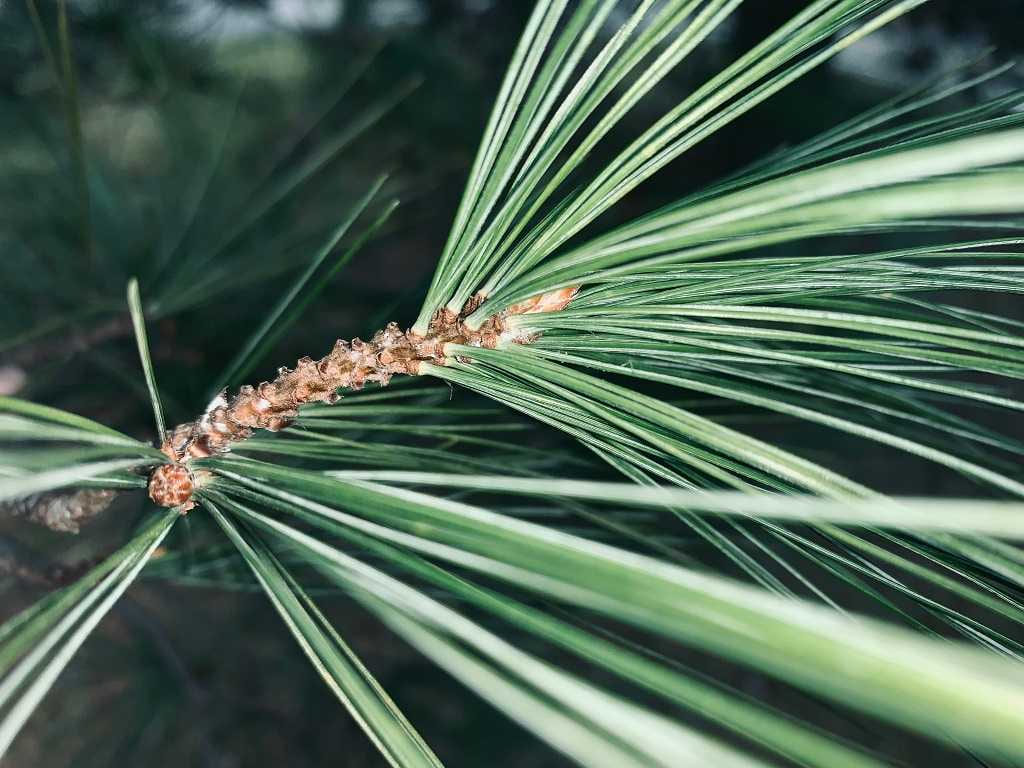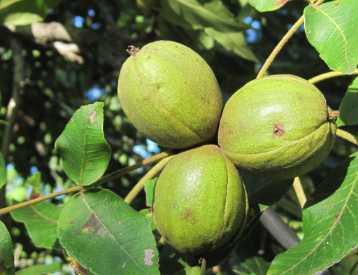What Is Closest
Being infected with a serious desire to cultivate nature can be pretty exciting, however this excitement tends to work itself out in a way similar to a child who walks into a new toy store; you just want to buy everything. We found early on that there are a thousand different plant companies that all have their own specially trademarked plants, cultivars that will grow fruit that size of your head, tropical plants that will survive in the north, exotic plants that would look amazing next to the house, and so on. Out of excitement we bought many of these, tried new and improved breeds, planted exotic looking things, and worked hard at trying to keep them alive.
"Oh grant me my prayer, that I may never lose the touch of the one in the play of the many."
The reality of our excitement is that most of these plants died, either we were too far north and the plants froze, or they just appeared to lack any vigor, withering away like all the money we had just spent on them. Be that as it may, it was through this experience that we learned a valuable lesson; trying to love more than you are capable of loving often causes you to neglect what is closest to you. There were literally hundreds of plants all around us that we could not see, and that we were not loving, blinded by the flashy pictures of catalogued plants.
"Consciousness is limited for a reason, we are not intended to see more than we are capable of loving. When we learn to love what is closest to us, limits inevitably start to dissolve."
One of these plants was the Eastern White Pine, a tree on the very corner of our property that we never really paid any attention to. Little did we know that this tree was literally an all year round vitamin C manufacturing plant, far superior to any northern citrus tree we had hoped to find in those flashy plant catalogues.

